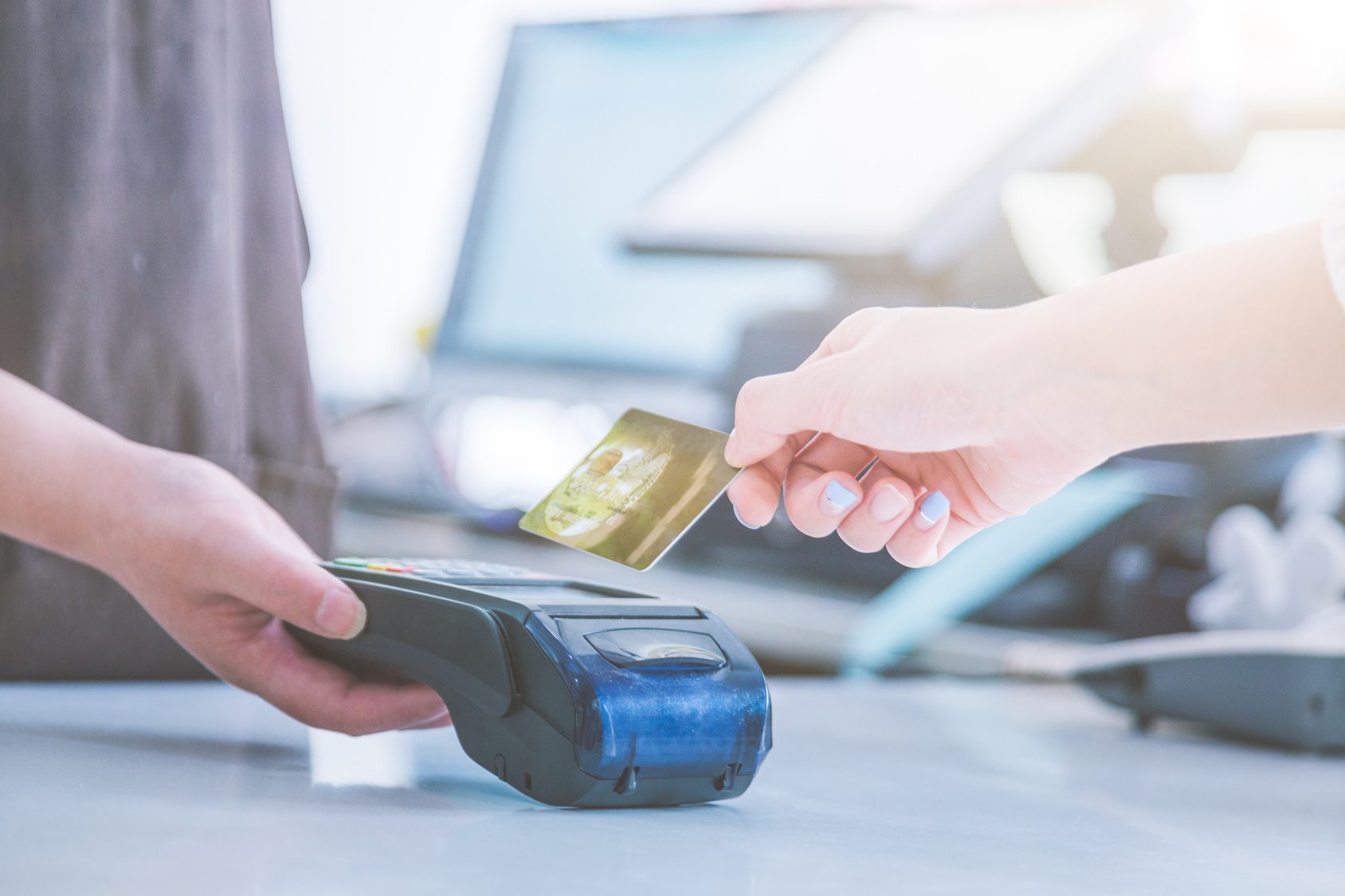At a time when e-commerce is ubiquitous, and mobile and online wallet solutions abound, retailers and banks still struggle with how to provide a “frictionless” checkout and payments experience. It is vital for three dimensions to be in place if financial institutions (FIs) are to succeed: cloud card management, invisible payments, and personal financial fitness.
Cloud Card Management
Behavioral research shows that when consumers designate a card as “top of wallet,” they spend more money both online and offline with that card. But even top e-wallet placement is not enough for FIs to offset the brand destruction caused as credit card logos become invisible, buried in digital wallets. To remain relevant and persuade customers to “set and forget” their cards, FIs should consider helping consumers with the cumbersome task of loading and managing stored credentials across multiple retailers and even “off-us” digital wallets (consider the recent PayPal/Chase deal). The bank would handle all activities in these accounts, such as updating accounts as cards expire or logging changes to a customer’s physical or email address.
Invisible Payments
The ultimate goal of frictionless payments is to make transactional money movement imperceptible to consumers. Eventually, experiences could include ubiquitous “buy” buttons on TV and in Google search results offering instant purchasing via digital wallets or instant credit from marketplace lenders (MPLs), which connect consumers, mid-purchase, with credit lines and instant funding. As API-based POS startups like Braintree (owned by PayPal) and Stripe gain traction with retailers by offering convenient, cost-effective one-click checkout, they are creating a transparent nexus of consumer, merchant, and creditor each time a transaction occurs that serves as a link into the value chain for MPLs. Essentially, the POS companies are decoupling payments from traditional credit ecosystems. Next, MPLs will likely lower the cost of credit and increase access to capital by forcing creditors to compete for the consumer’s attention. FIs should consider how they can play.
Personal Financial Fitness
For consumers, frictionless payments come with the peril of lost transparency. Rather than consciously choosing a credit card, signing a receipt, or completing an online form, people will make purchases without stopping to think about the impact on their finances. To address this problem, we expect to see a new cottage industry of personal financial management tools. These applications will sit atop a consumer’s digitized financial records, using heuristics and data analysis to determine daily spending and saving based on a person’s declared financial goals. Credit Karma, Good Budget, Level Money, and Mint are among the companies making forays into this space. Such programs could be another opportunity for financial-services firms to unearth a new revenue stream in the frictionless environment.
Consumers stand to gain a lot from frictionless payments in terms of convenience, productivity, money management, and decision making. Financial-services companies can benefit by following the consumer’s lead and proactively preparing to play a primary role in the new frictionless payments ecosystem.
Adapted and reprinted with permission from “Making Seamless E-Payments a Reality” from strategy+business. ©2017 PwC. All rights reserved. PwC refers to the PwC network and/or one or more of its member firms, each of which is a separate legal entity. Please see www.pwc.com/structure for further details.
Author Profile:
Mark Flamme is an advisor to financial-services executives with Strategy&, PwC’s strategy consulting business. Based in Chicago, he is a principal with PwC US. He specializes in payment innovation, digital strategies, operations transformation, and operating model design for retail financial services and financial technologies.











